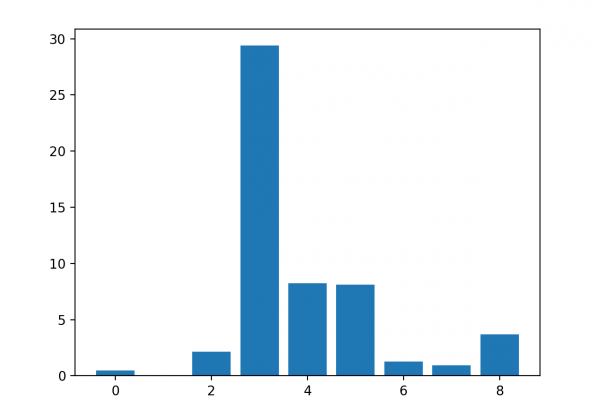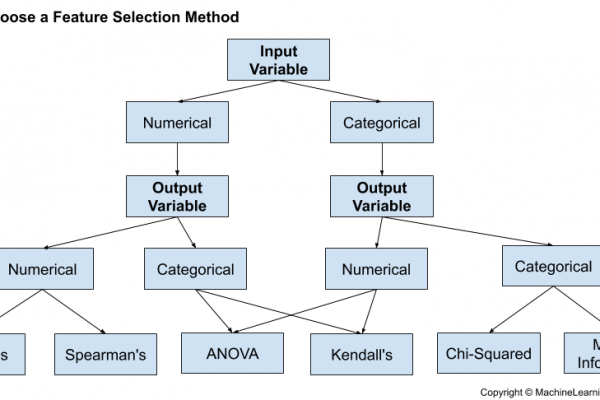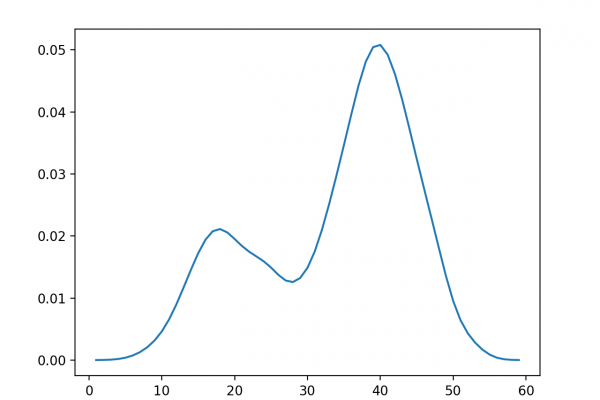14 Different Types of Learning in Machine Learning
Last Updated on November 11, 2019 Machine learning is a large field of study that overlaps with and inherits ideas from many related fields such as artificial intelligence. The focus of the field is learning, that is, acquiring skills or knowledge from experience. Most commonly, this means synthesizing useful concepts from historical data. As such, there are many different types of learning that you may encounter as a practitioner in the field of machine learning: from whole fields of study […]
Read more








